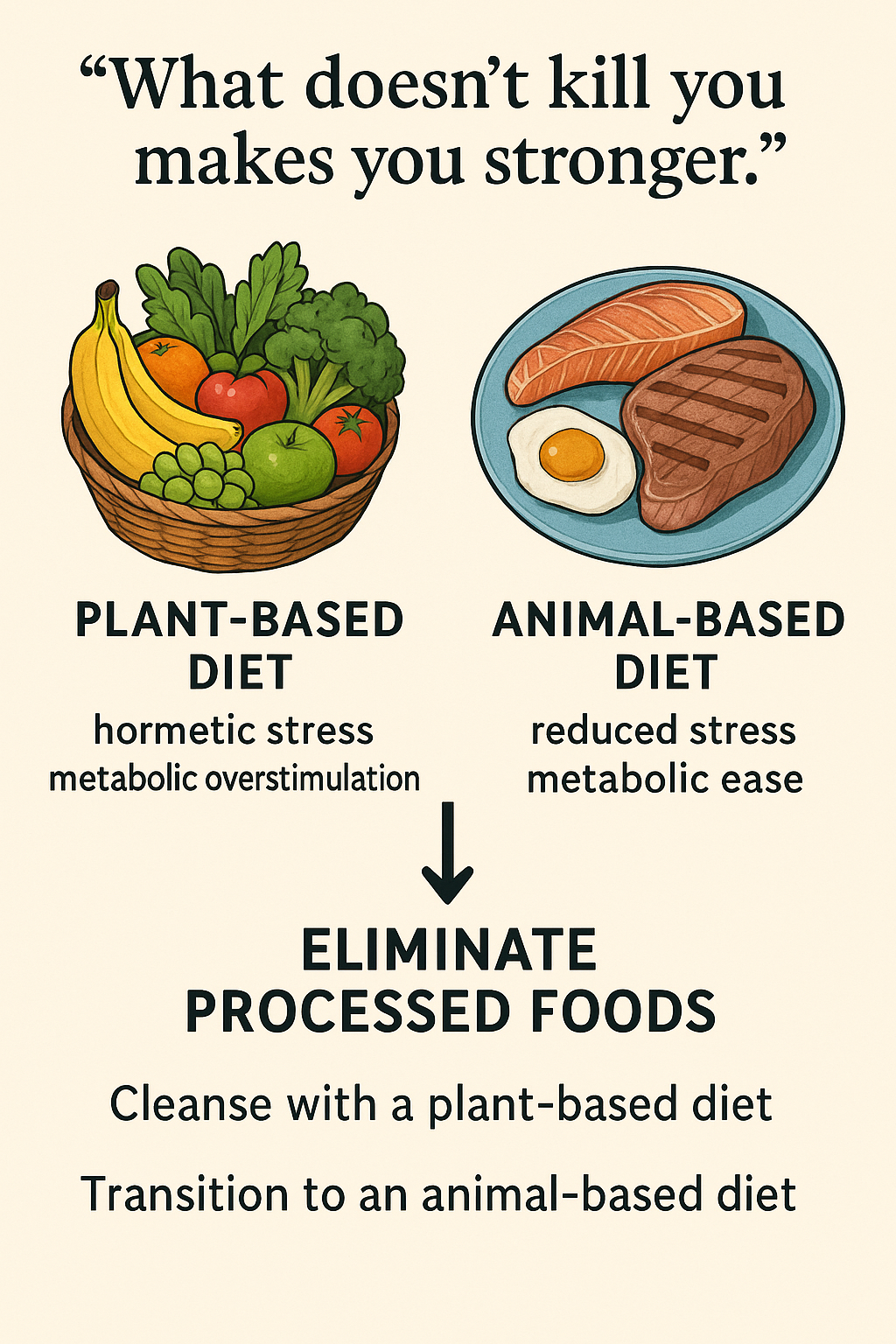The Body’s Calcium Economy: Why Dietary Calcium Primarily Replenishes Bone Reserves and How High Lifetime Oxalate Intake Can Contribute to Osteopenia and Osteoporosis
The common belief that calcium consumed in food directly supplies the body’s immediate physiological needs is a misconception. In reality, the human body maintains an exquisitely tight control of blood ionized calcium concentration (approximately 8.5–10.5 mg/dL) to support critical functions such as neurotransmission, muscle contraction, and blood clotting (Peacock, 2010). When dietary calcium absorption is insufficient in the short term, the body does not compromise these functions; instead, it rapidly mobilizes calcium from the skeleton through parathyroid hormone (PTH)-mediated bone resorption and renal calcium reabsorption (Mundy & Guise, 1999; Weaver et al., 2016). Dietary calcium absorbed hours to days later serves primarily to replenish the skeletal reservoir that was borrowed to maintain plasma calcium homeostasis (Heaney, 2001; Nordin, 1997).
Thus, over a lifetime, bone health depends on whether absorbed dietary calcium consistently matches or exceeds the amount removed from bone to defend blood calcium levels. Chronic negative calcium balance—where less calcium is absorbed than is resorbed from bone—leads to progressive loss of bone mineral density, culminating in osteopenia and, eventually, osteoporosis (Weaver et al., 2016).
One underappreciated cause of chronically reduced calcium absorption is a lifelong high intake of dietary oxalates. Oxalate, abundant in foods such as spinach, Swiss chard, beet greens, almonds, tea, and chocolate, binds calcium in the intestinal lumen to form insoluble calcium oxalate, which is excreted in feces (Liebman & Al-Wahsh, 2011; Noonan & Savage, 1999). This markedly lowers the bioavailability of calcium from that meal and, if habitual, from the overall diet (Weaver & Heaney, 2006). Multiple studies and reviews have concluded that very high oxalate diets can impair net calcium absorption sufficiently to increase bone resorption and elevate long-term risk of osteoporosis, particularly when total calcium intake is marginal or when other risk factors (e.g., postmenopausal estrogen decline, low vitamin D status) are present (Holmes & Kummerow, 2000; Massey et al., 1993; Tang et al., 2008).
In summary, the skeleton functions as both a structural framework and a dynamic calcium bank. Dietary calcium is used mainly to repay withdrawals made from that bank to sustain plasma calcium. A lifetime pattern of high oxalate consumption can reduce calcium repayment, forcing chronic overdraft on skeletal reserves and thereby contributing—along with other risk factors—to the development of osteopenia and osteoporosis.
References
Heaney, R. P. (2001). Calcium needs of the elderly to reduce fracture risk. Journal of the American College of Nutrition, 20(2 Suppl), 192S–197S. https://doi.org/10.1080/07315724.2001.10719033
Holmes, R. P., & Kummerow, F. A. (2000). The relationship of adequate and excessive intake of vitamin D to health and disease. Journal of Nutritional Biochemistry, 11(11-12), 581–590.
Liebman, M., & Al-Wahsh, I. A. (2011). Probiotics and other key determinants of dietary oxalate absorption. Advances in Nutrition, 2(3), 254–260. https://doi.org/10.3945/an.111.000414
Massey, L. K., Roman-Smith, H., & Sutton, R. A. (1993). Effect of dietary oxalate and calcium on urinary oxalate and risk of formation of calcium oxalate kidney stones. Journal of the American Dietetic Association, 93(8), 901–906. https://doi.org/10.1016/0002-8223(93)91531-6
Mundy, G. R., & Guise, T. A. (1999). Hormonal control of calcium homeostasis. Clinical Chemistry, 45(8 Pt 2), 1347–1352.
Noonan, S. C., & Savage, G. P. (1999). Oxalate content of foods and its effect on humans. Asia Pacific Journal of Clinical Nutrition, 8(1), 64–74. https://doi.org/10.1046/j.1440-6047.1999.00038.x
Nordin, B. E. C. (1997). Calcium and osteoporosis. Nutrition, 13(7-8), 664–686. https://doi.org/10.1016/S0899-9007(97)83011-0
Peacock, M. (2010). Calcium metabolism in health and disease. Clinical Journal of the American Society of Nephrology, 5(Suppl 1), S23–S30. https://doi.org/10.2215/CJN.05910809
Tang, B. M., Eslick, G. D., Nowson, C., Smith, C., & Bensoussan, A. (2008). Use of calcium or calcium in combination with vitamin D supplementation to prevent fractures and bone loss in people aged 50 years and older: A meta-analysis. The Lancet, 370(9588), 657–666.
Weaver, C. M., & Heaney, R. P. (2006). Calcium. In M. E. Shils et al. (Eds.), Modern nutrition in health and disease (10th ed., pp. 194–209). Lippincott Williams & Wilkins.
Weaver, C. M., Gordon, C. M., Janz, K. F., Kalkwarf, H. J., Lappe, J. M., Lewis, R., O’Karma, M., Wallace, T. C., & Zemel, B. S. (2016). The National Osteoporosis Foundation’s position statement on peak bone mass development and lifestyle factors: A systematic review and implementation recommendations. Osteoporosis International, 27(4), 1281–1386. https://doi.org/10.1007/s00198-015-3440-3
